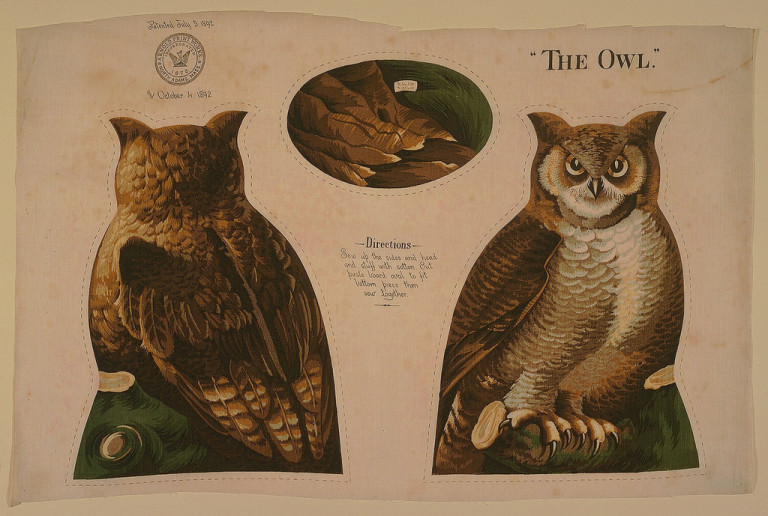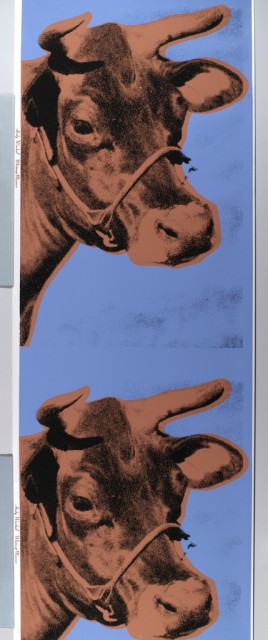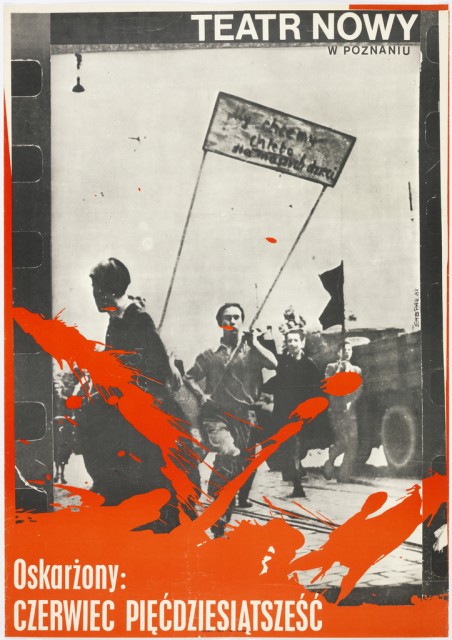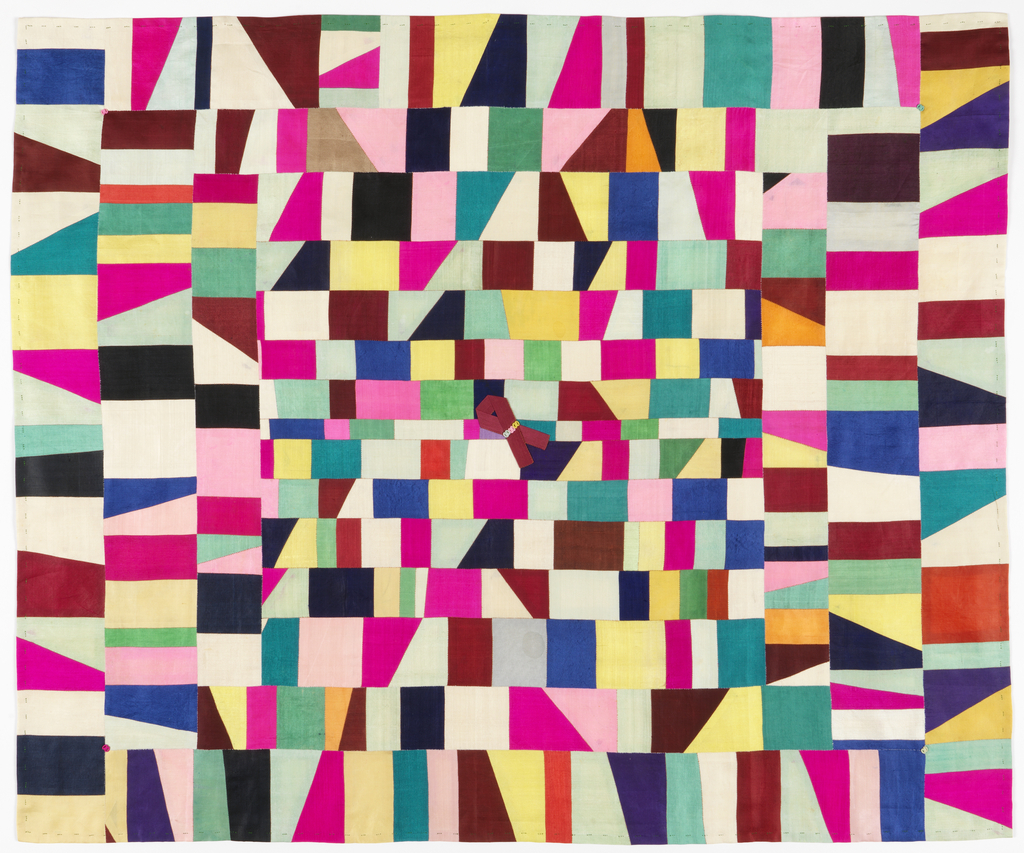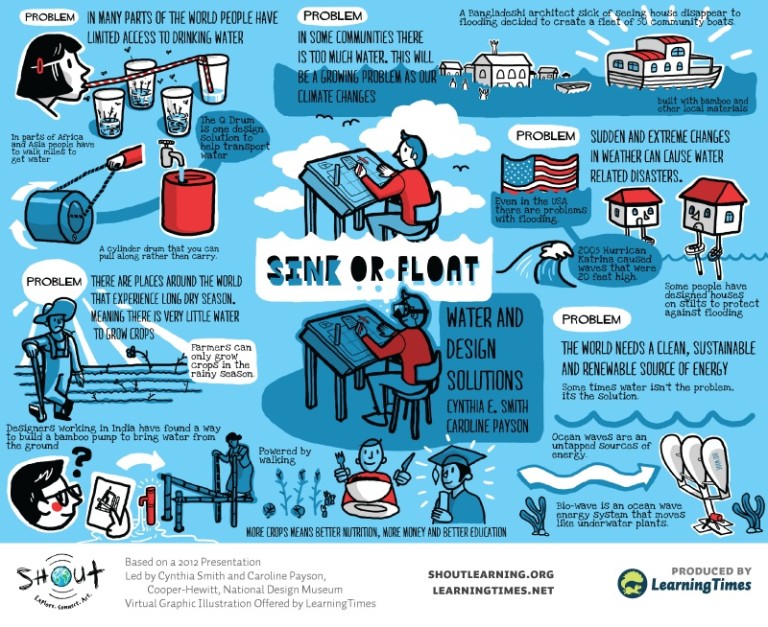What does any of this have to do with cows? In 1966, art dealer and friend of Warhol, Ivan Karp said: “The only thing that no one deals with now these days is pastorals. My favorite subject is cows.” In 1966, Warhol silk screened this cow, twice, to actual size on a rectangular piece of wallpaper which was first exhibited at the famous Leo Castelli Gallery, in New York. He was removing the cow from its original landscape and placing it into the gallery, again imposing that art and life are synonymous. Some critics have noted that this work commented on the treatment of cows in 19th century landscape painting or American folk art, another theory could be that he was creating another American emblem. The cow as a symbol of nourishment, economic independence, nostalgia, earth and domesticity.
What makes this theater new? The theater the text refers to depicts a historical landmark that represented a shift between the two World Wars and Poland’s sole source of entertainment at the time. The antithesis of the old Polski Theater, calling it the New Theater suggested a less serious, light hearted genre. The founder of New Theatre was Mieczysław Rutkowski. Throughout a twenty year time span, many directors held positions there and various dramas and concerts were performed. By the 1980’s the theater became known for its political involvement, a prime example of this being the performance staged in 1980 entitled "The Defendant: June 1956". This political performance references the The Poznań 1956 protests, also known as Poznań 1956 uprising. The working class were protesting against communist dictatorial government and better working conditions. The protest resulted in many injuries to the Polish people and a period of political persecution.
